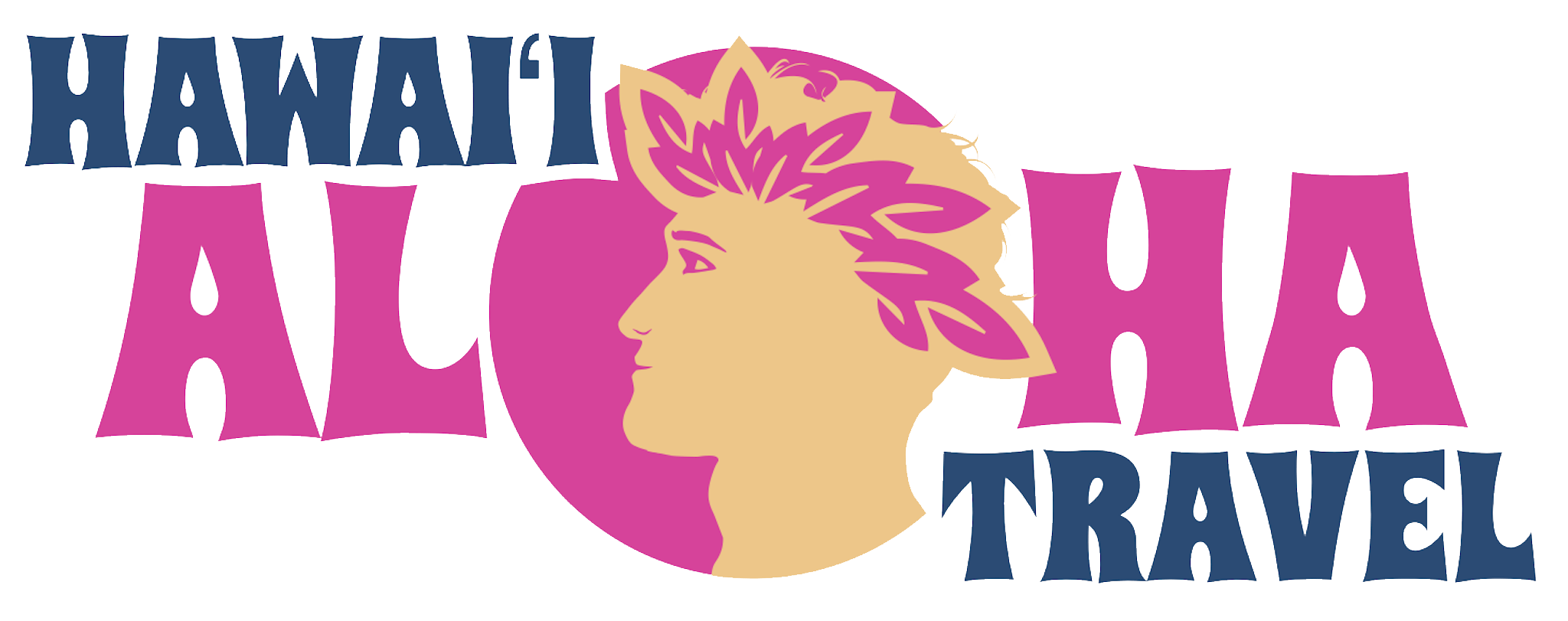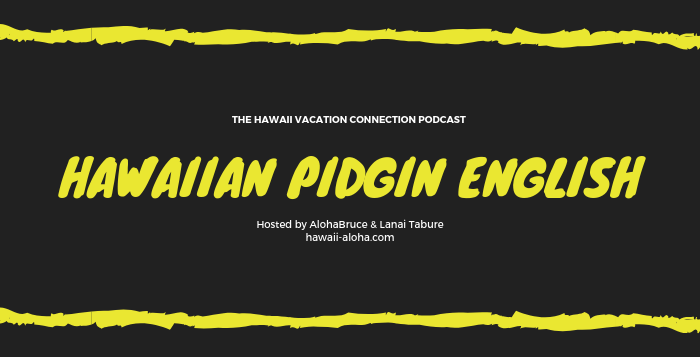Eh, Brah! Aloha Bruce and Lanai Tabura go deep into the language of Hawaiian pidgin English on the newest Hawaii Vacation Connection Podcast for Hawaii visitors.
Lanai explains that Hawaiian pidgin is essentially broken English. It is built on both English and the words and phrases used in the native Hawaiian language, and those of the Japanese, Chinese, Filipino, and Portuguese plantation workers who flocked to the Hawaiian Islands as the sugar industry flourished in the 1800’s.
A multi-cultural blend of workers gathered for lunch each day back then, everyone contributing to a makeshift language that helped them work together. Aloha Bruce and Lanai get to the bottom of Hawaii euphemisms like “da kine” and “bumbay”. They discuss how Hawaiian pidgin was a short-cut through language barriers.
Lanai makes the important point that Hawaiian pidgin comes from Hawaiian people who taught the newcomers how to share not just food and lodgings and labor, but language as well. He also reminds us of the impact of the seminal and hilarious book Pidgin To Da Max, published way back in 1981 and read by pretty much everyone in Hawaii.
In the same way Hawaii’s foods reflect its broad cultural spectrum, Hawaiian pidgin is a stew of languages and cultural identities and attitudes. In the plantation days, there were many languages prevalent amid the cane and pineapple fields. Rugged Portuguese paniolo herded cattle as workers from the Far East managed crops nearby. Back then, verbal short-cuts were a vital part of keeping things running smoothly.
Hawaiian pidgin is a big part of the modern “Aloha Spirit”. Aloha Bruce and Lanai offer their unique local insight into Hawaiian pidgin on our latest Hawaii Vacation Connection Podcast. And check out Lanai Tabura’s new app “Pidgin 101”. It’s available across all platforms, and its a fun way to learn about pidgin in Hawaii.

